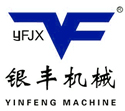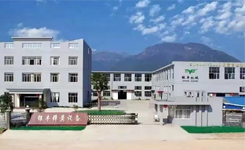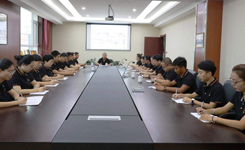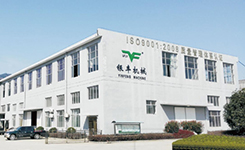When using a spring machine to produce springs, special attention should be paid to the following aspects to ensure the quality, stability and service life of the finished product:
When using a spring machine to produce springs, special attention should be paid to the following aspects to ensure the quality, stability and service life of the finished product:
1. Material Considerations
Choose the Right Material
Common materials include high-carbon steel (e.g., 65Mn, SK5) and stainless steel (e.g., SUS301, SUS304).
The material must have excellent elasticity, fatigue strength, and corrosion resistance.
Material Treatment Requirements
Surface oxides, burrs, and oil must be removed before processing.
Thickness and width must be uniform and within tolerance limits.
2. Spring Machine Setup and Adjustment
Tension Control
Mainsprings require highly consistent tension; a tension control system must be used to ensure uniform force throughout the process.
Precision Feeding
Ensure stable feeding length and speed to avoid accumulated errors that may affect spring performance or shape.
Forming Die Adjustment
Dies must be precisely adjusted to match the spring dimensions.
Prevent issues such as wire jumping, edge folding, or misalignment during coiling.
Winding Direction Selection
Choose single-direction or bi-directional winding based on the specific design of the mainspring.
3. Heat Treatment
Stress Relief Annealing
After forming, springs must undergo low-temperature annealing to eliminate internal stress and prevent deformation.
Quenching and Tempering (if required)
Enhances strength and fatigue life. Parameters must be set according to the material and application.
4. Inspection and Quality Control
Dimensional Inspection
Check critical dimensions such as outer diameter, inner diameter, thickness, and total length.
Performance Testing
Test for torque, tension, and rebound force to ensure they meet design specifications.
Fatigue Testing
Perform life cycle testing on samples to confirm long-term durability.
5. Safety and Maintenance
Operator Training
Operators must be well-trained, especially in handling automated coiling systems.
Regular Equipment Maintenance
Regularly lubricate, clean, and inspect key components such as guides and dies for wear.
Prevent Material Recoil Injuries
Mainsprings store mechanical energy; operators should wear protective gear to prevent injury from sudden recoil.





